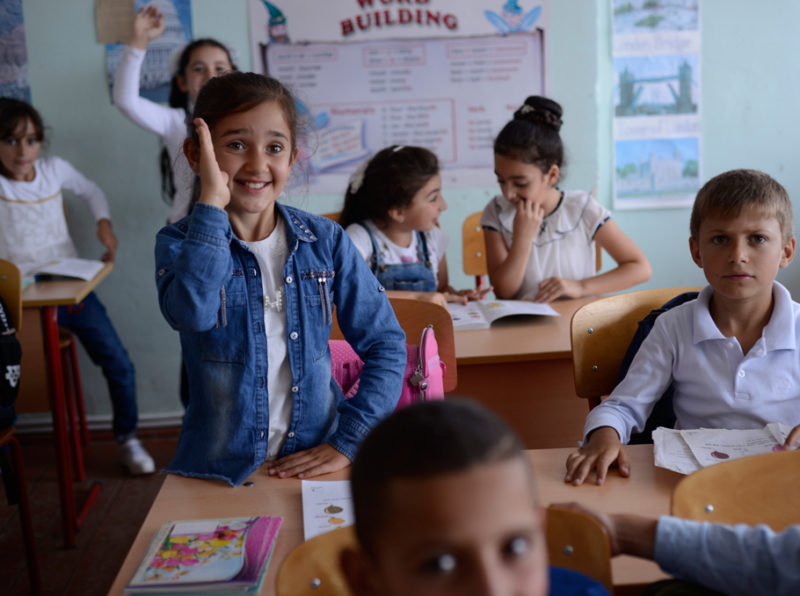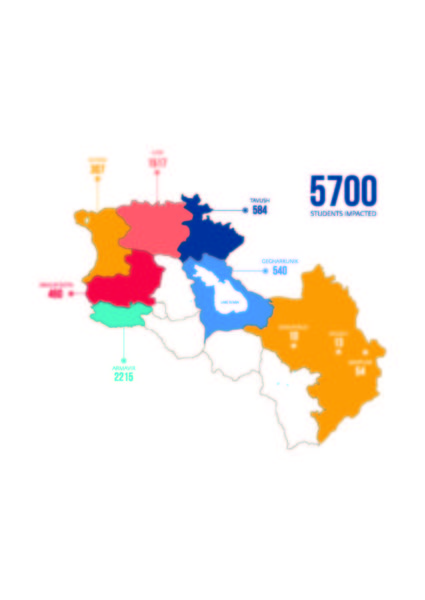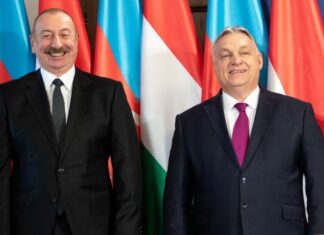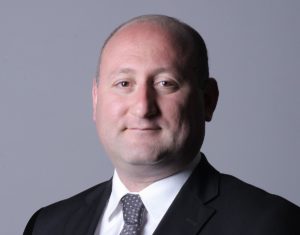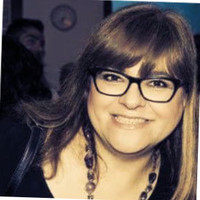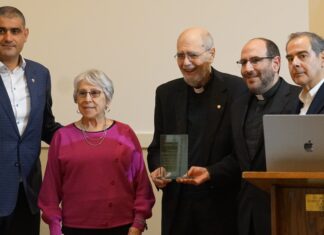By Aram Arkun
Mirror-Spectator Staff
YEREVAN — In the last few decades, many new non-profit programs have been started in Armenia attempting to use as models similar programs in the United States or the West. Teach For Armenia is one such program which is strengthening Armenia’s educational system.
It is an educational foundation based in Armenia but part of the global network Teach For All. Teach For All was started in the US as a method to use teaching for leadership, and now is used in 46 countries.
Teachers recruited from young professionals both in Armenia and in the Armenian diaspora are placed for a minimum of two years in schools in rural communities. After a five-week summer training program, they experience teaching and living in a very underserved school, and afterwards are expected as alumni to contribute to Armenia’s systemic development. Essentially, this model emphasizes developing long-term leadership capability in the realm of education.
